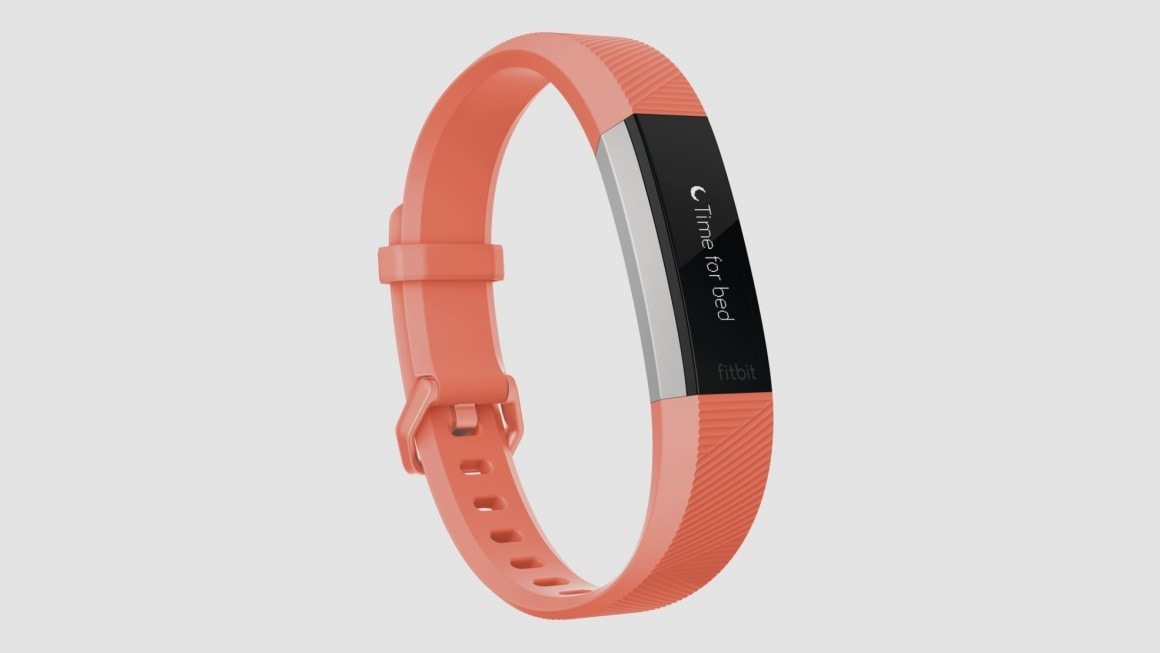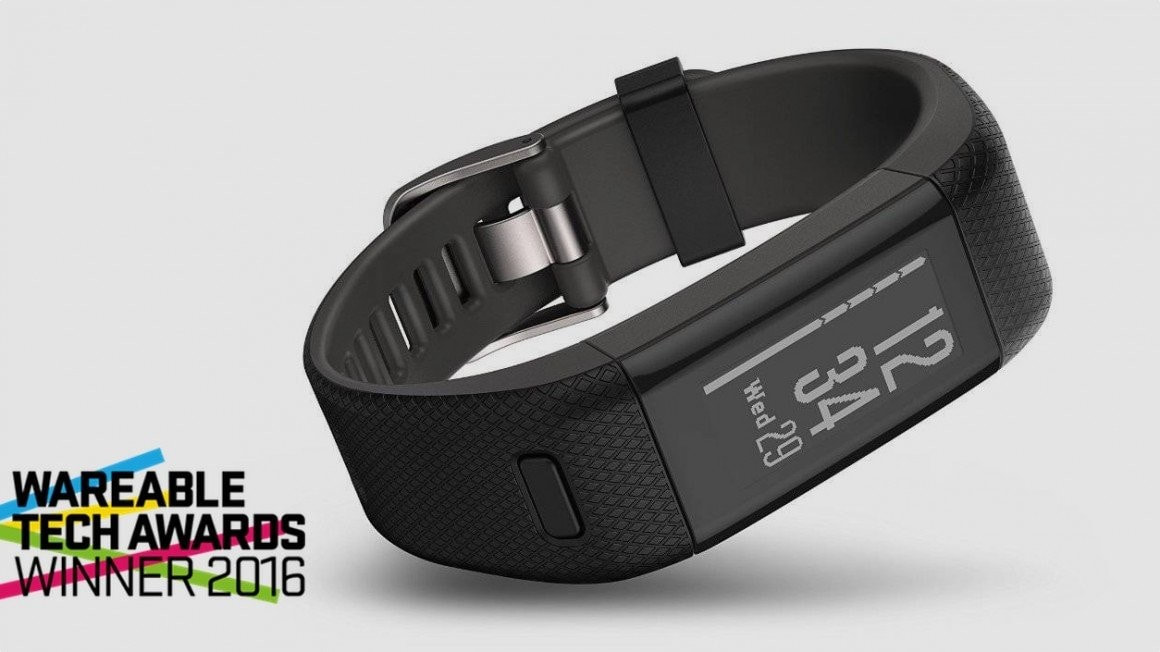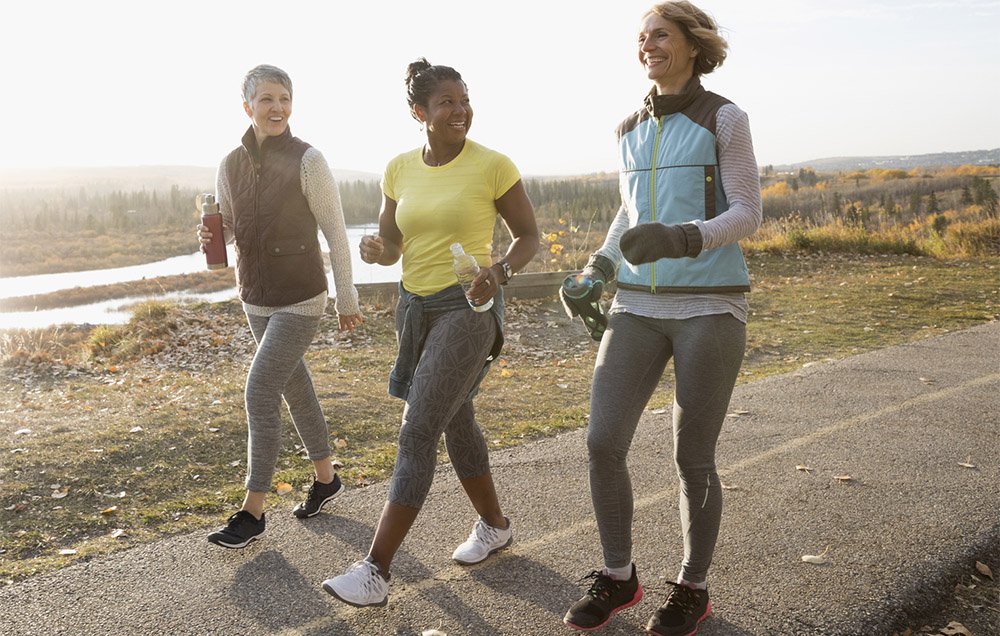|
Wareable.com, a site dedicated to content exclusive to wearable technology, has produced a list of the best fitness trackers of 2017. Tracking your steps, calories burned, sleep quality and more are the latest crazes for fitness gurus and those who are beginning new health regimes. With so many designs out there, it's important read the reviews of tech experts before investing in a device that may or may not be suited to fulfill your wants and needs. Here are the top 5 trackers in different categories: Best New Tracker: FitBit Alta HR - $149.99USD The latest edition of Fitbit Alta maintains its slim appearance but has a new feature of continuous heart rate tracking. This tracker is best for those who want to learn more about their wellbeing and how active they are, rather than those who are passionate about fitness. As someone who owns the previous version of the Alta, I was most disappointed with the fact that it doesn't give me a break down of the amount of effort I put in at the gym (i.e. it does not track weight lifting, but not many do yet). Overall, the Fitbit Alta is a great choice for the price and is one of the most atheistically pleasing trackers out there. Key features: tracking steps, sleep monitoring, heart monitoring, notifications. Best Fitness Tracker: Garmin Vivosmart HR+ - $219.99USD While this tracker is boasted to have every current feature you could ask for packed into one device, it's chunky appearance and dated screen wouldn't make the cut for consumers who don't want to sacrifice aesthetic in their wearable technology. Its GPS tracking feature is perfect for runners who want to leave their phones at home. Key features: tracking steps, sleep monitoring, water resistance up to 50 m, 24/7 heart rate monitoring, GPS. Best General Fitness Tracker: Fitbit Charge 2 - $149.99USD Wareable.com commemorates the latest version of Fitbit's Charge tracker for its continuous heart rate feature and innovative guided breathing exercises. Everyone I personally know with this tracker is happy with it, but the reason I chose the Alta over the Charge 2 was its thickness and price. Also, there is no GPS tracker built in, so you'll have to bring your phone with you while running outside for the best results. Overall, the Fitbit Charge 2 is considered by Wearable.com to be one of the strongest general fitness and wellbeing trackers on the market. Key features: tracking steps, sleep monitoring, 24/7 heart rate monitoring, breathing training, VO2 Max. Best for Losing Weight: TomTom Touch - $129.99USD While not considered to be the perfect fitness tracker overall, the TomTom Touch offers an important feature that consumers looking to lose weight will love: body composition. By placing your finger on the sensor, you will get a pretty accurate analysis of your body fat and muscle percentages. Now you can skip going to your family doctor, dietician or personal trainer to see how your body fat has reduced and how your muscle mass has increased. Best for Getting in Shape and Sport Lovers: Moov Now - $59.99USD The Moov Now is not your typical general fitness tracker. What makes this wearable unique is its advanced sports training feature which successfully uses actionable running, swimming and cycling data to improve your skills and techniques in various sports. As you improve, you can gradually increase the difficulty level in order to achieve tangible goals. On top of this unique feature, the Moov Now also tracks your steps and sleep! Key features: tracking steps, sleep, advanced sports coaching, run/bike tracking.
For more of the best trackers of 2017, check out Wearable.com's list..
26 Comments
Resting Heart Rate Before you determine your target heart rate during physical activity, it is important to know your resting heart rate. Your resting heart rate is the number of times your heart beats per minute while your body is relaxed. A good time for accurate result is first thing in the morning after a good sleep. Training Heart Rate Now, it’s time to determine you target training heart rate. Your aim is to stay between 50-69% of your maximum heart rate during moderately intense activities, and 70-90% during high intensity workouts. (see chart below). Step 1: Take your pulse from the inside of your wrist by gently pressing your index and middle fingers over the blood vessels. Step 2: Set a timer for 10 seconds and count your pulse, or watch the clock. Multiply this number by six to find your beats per minute. Step 3: Determine your heart rate zone based on the chart below. Your maximum heart rate is approximately 220, minus your age. Now What?
If you find your heart rate is above your target zone of, slow down. Alternatively, if your heart rate is too slow, you know it’s time to kick up the intensity and push a little harder. By using the range of 50-69%, this method allows you to monitor your fitness level and understand whether the activity is appropriate, helping you to achieve whatever the results are that you’re aiming for. Try aiming for the lower range of your target heart rate zone and gradually make your way to a faster heart rate. Make sure you talk to your health care professional before beginning a new exercise regime and visit a physiotherapist for help creating a unique regime for you. 1. Help prevent injuries
Building a strong core is not a quick process. Strengthening your torso means building core stability as well as core strength. It is recommended that you begin with your stability, and work towards strength. Having your deeper muscles working first makes it easy for strong abdominal muscles to develop on top, making you less prone to injury down the road. A solid core will help ensure that your movements are strong and pain-free. 2. Protect your inner organs and central nervous system Staying healthy also means protecting those vital systems below the surface. Your core is where your organs and central nervous system do their work and is where your body’s largest veins and arteries are based. Keeping strong core muscles will help ensure everything stays protected as you move through your day. 3. Banish back pain Back pain is a common side effect of a weak core. Many of us make the mistake of sitting for long periods with a tilted pelvis and an arched back, rather than sitting tall. Building core strength will help bring balance to the front and back of your body and support your spine. 4. Build better posture Good posture is essential for combating chronic neck and back pain as it reduces the pressure on your spine. In addition to preventing pain, having a good posture exudes confidence and strength to help you be successful. You look taller, slimmer and more successful when you sit and stand tall. 5. Reduce belly fat Making changes in your diet is a good way to lose belly fat as well as doing core strengthening exercises which burns fat faster than cardio. Not only do you feel great with a more toned stomach, but the reduction of belly fat drastically increases your health and lowers your risk of diseases, including diabetes, heart disease and colon, kidney or digestive tract cancer. Always talk to your physiotherapist or doctor before starting a new exercise regime. Check out this slideshow on Mayo Clinic to learn abdominal exercises to help you build stability and strength in your core. Now that summer is here, physical activity outdoors can be much more difficult with the humidity and heat factoring in. Here are a few low-intensity activities that are fun and manageable.
1. Swimming and Water Aerobics Calories burned: 333 doing freestyle at a slow to moderate pace for 45 minutes. Swimming is the best exercise you can do in the summertime. Not only is it fun and refreshing, your body does not sweat and the impact on your joints you would normally have on land is reduced. In addition to cardio, lakes and pools are a great spot for strength training exercises and stretches with water aerobics. 2. Water Sports Calories burned: 340 kayaking for 1 hour at 4mph. Canoeing, kayaking, stand up paddle-boarding, and pedal boating are fun cottage activities that keep you active and fit without sacrificing enjoying your summer away from the city. 3. Walking Calories burned: 216 walking at 3mph for 1 hour. Walking at a steady pace for an extended period of time is just as effective as jogging with the benefit of being able to carry water bottles and manage your breathing easily in the heat. 4. Yoga Calories burned: 200 calories for 1 hour of Hatha yoga. Yoga combines endurance with stretches, strength training and balance without pushing your body to its limit. You may begin by taking a class in a studio until you find your favourite poses and flows which you may do in your backyard, in a park, or by the water as a way to relax your mind and be fit in the summer. Walking is one of the easiest exercises to incorporate into your daily routine to maintain physical health and improve mobility. Although we do it every day to get from one place to another, walking for an extended period of time should be approached like any exercise. The Canadian Physiotherapy Association (CPA) created the acronym S.M.A.R.T. (stretch, move, add it up, reduce strain, talk to a physiotherapist) to help you start.
Stretch Warming-up your muscles helps you move easily and reduces the risk for injuries or strains. Stretching should be done before, during and after walking and should include the calves, hamstrings, quads, and hips. Stretching should never be painful. Do not stretch further after you feel a gentle pull of the muscle. Move Walking is not just about putting one foot in front of the other. Control your breathing by consciously inhaling deep through the nose and exhaling through the mouth. You can add more to your workout by using vigorous movement of the arms, with or without bent elbows. Add it up Keep track of the amount of walking that you do each day. Setting aside an hour for a good walk is equally as beneficial as doing 20 minute walks 3 times a day. Keep walking, but for shorter distances or at slower speeds, when the weather gets worse so that you can continue your routine for all 12 months of the year. Reduce Strain There are many factors involved in the potential risk for strain, including the gear you use. Wear proper walking shoes that fit your need and type of walking program. Shop around for pouches, backpacks, etc. that help ease the amount of weight you carry. The CPA also recommends that you do not use wrist or ankle weights while walking which add too much stress on your joints. Talk to a Physiotherapist Physiotherapists not only treat an existing injury; they also teach you how to prevent the onset of pain or injury that prevents you from completely your daily routines with ease. See a physiotherapist if you want to begin an exercise routine with the goals of increasing your mobility, relieving pain, building strength, and/or improving balance and cardiovascular health. |

 RSS Feed
RSS Feed









